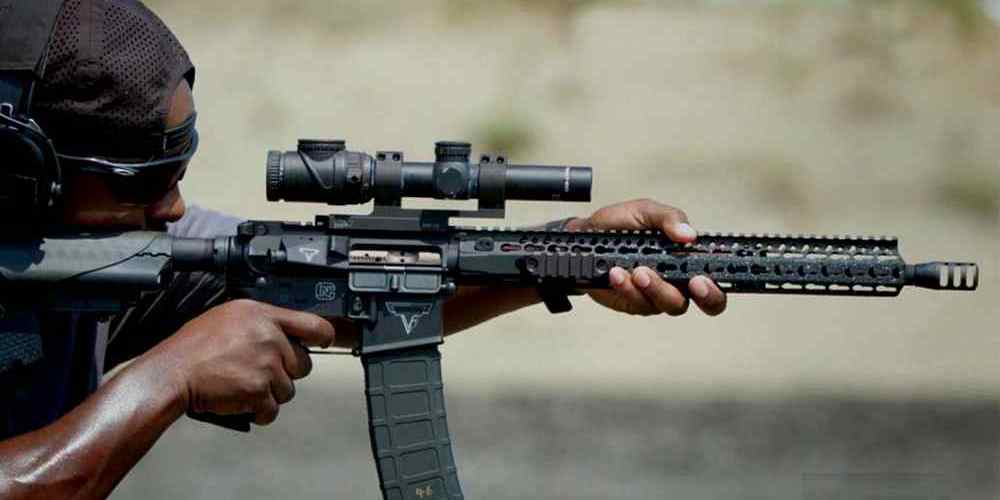Understanding the Basics of AR-15 Operation
The AR-15 is one of the most popular firearms in the United States, known for its versatility, accuracy, and customizable features. Understanding how this rifle operates is essential for gun owners, enthusiasts, and anyone interested in firearms. In this article, we will delve into the basics of AR-15 operation, covering everything from its components to how it functions.
Overview of the AR-15
The AR-15 is a lightweight, gas-operated, magazine-fed semi-automatic rifle that was first designed by Eugene Stoner in the late 1950s. It has since become a staple in the firearms industry and is widely used for hunting, sport shooting, and home defense. The AR-15 is known for its modular design, which allows users to easily customize and upgrade various parts of the rifle.
Components of the AR-15
Before diving into how the AR-15 operates, it’s important to understand its key components:
- Upper Receiver: The upper receiver houses the barrel, bolt carrier group, and charging handle. It also includes the handguard and sights.
- Lower Receiver: The lower receiver contains the trigger assembly, magazine well, pistol grip, and stock.
- Barrel: The barrel is where the bullet travels through as it is fired. It plays a crucial role in determining accuracy and range.
- Bolt Carrier Group: The bolt carrier group is responsible for chambering rounds, extracting spent casings, and ejecting them from the rifle.
- Gas System: The gas system regulates the flow of gas from fired rounds to cycle the action of the rifle.
How Does an AR-15 Work?
The AR-15 operates using a gas-operated system that cycles rounds through a series of actions. Here’s a step-by-step breakdown of how an AR-15 works:
- When a round is fired, hot gases are directed through a small port in the barrel into the gas block.
- The gas block redirects these gases into the gas tube, which leads back to the upper receiver.
- The gases then enter the gas key on top of the bolt carrier group, causing it to move rearward.
- As the bolt carrier group moves back, it unlocks the bolt from the barrel extension and extracts the spent casing.
- The buffer spring pushes the bolt carrier group forward again, stripping a new round from the magazine and chambering it.
- The rifle is now ready to fire again once the trigger is pulled.
Maintaining Your AR-15
Proper maintenance is crucial for keeping your AR-15 in optimal condition and ensuring its longevity. Here are some essential tips for maintaining your rifle:
- Clean your AR-15 regularly to prevent buildup of carbon residue and dirt that can affect its performance.
- Inspect all moving parts for wear and tear, such as springs and pins, and replace them if necessary.
- Lubricate key components like the bolt carrier group and buffer spring to reduce friction and ensure smooth operation.
Common Issues with AR-15 Operation
Despite being a reliable firearm, AR-15s can experience certain issues that may affect their performance. Some common problems include:
- Failure to Feed: This occurs when a round fails to enter the chamber properly. It can be caused by dirty magazines or weak magazine springs.
- Failure to Eject: This happens when spent casings get stuck in the ejection port instead of being ejected properly. It can be due to an improperly lubricated bolt or weak extractor spring.
- Failure to Fire: This occurs when pulling the trigger does not result in a round being fired. It can be caused by faulty ammunition or issues with the firing pin or hammer assembly.
Conclusion
In conclusion, understanding how an AR-15 operates is essential for anyone who owns or uses this rifle. By familiarizing yourself with its components and mechanisms, you can better appreciate its capabilities and maintain it effectively. Remember to follow proper safety protocols when handling firearms and seek professional help if you encounter any issues with your AR-15’s operation. With proper care and maintenance, your AR-15 will continue to serve you well for years to come.



